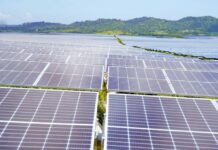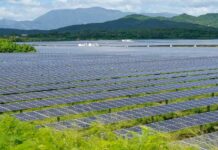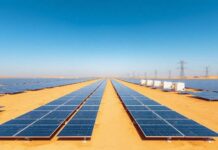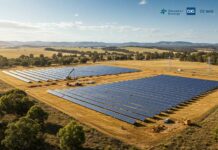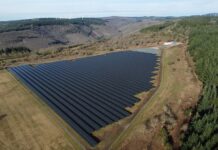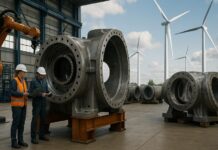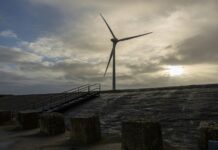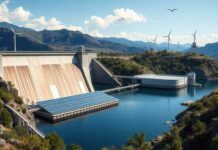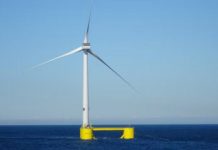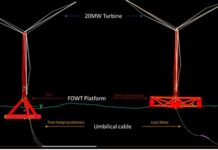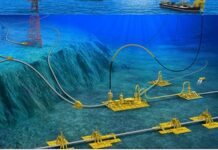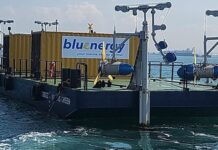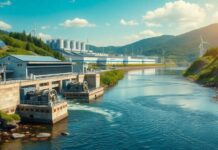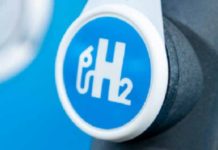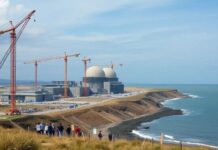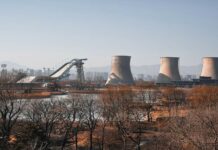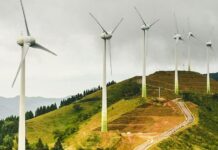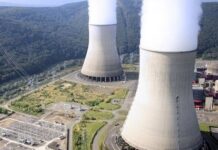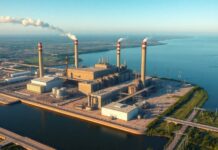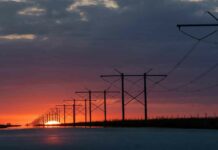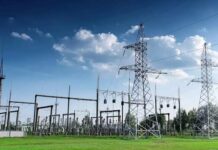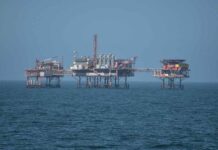The study, by Ruth Lea, Director of Civitas’s Manufacturing Renewal Project, claims that both onshore and offshore wind power are the most expensive forms of electricity generation. This is based on research by Colin Gibson, a former Director of National Grid (1993-1997), who recently spoke at an anti-wind conference in Scotland.
Mr Gibson’s research was based on a range of assumptions, particularly the need to build a new fleet of rapid-response gas power stations (known as open-cycle gas turbines, or OCGT) to back up wind generation on a MW-for-MW basis. These assumptions significantly inflate the cost of energy from wind.
Dr Gordon Edge, RenewableUK’s Director of Policy, said “Mr Gibson’s assumptions, upon which Ms Lea relies, are outliers to the mainstream of analysis in this area, to put it mildly. Dedicated OCGT plants are not required to provide back-up for wind. Instead, wind can be integrated into our existing electricity system to act as a fuel saver, enabling us to harness the weather when it’s available. Some additional investment is required, but credible analysis puts the cost at one-sixth of Mr Gibson’s inflated claims even with wind providing two-thirds of our power.”
Ms Lea’s report makes extensive use of non-peer-reviewed research from a range of anti-wind organizations. “It is surprising that a think tank such as Civitas has published a report based on the work of anti-wind cranks, repeating the same discredited assertions. The UK’s energy policy over the next ten years will play a critical part in our economic success – offshore wind in particular has the potential to revitalise our manufacturing sector, with the promise of over 70,000 jobs. This report, based on outdated and inaccurate information, does nothing to advance the debate.” Dr Edge concluded.


